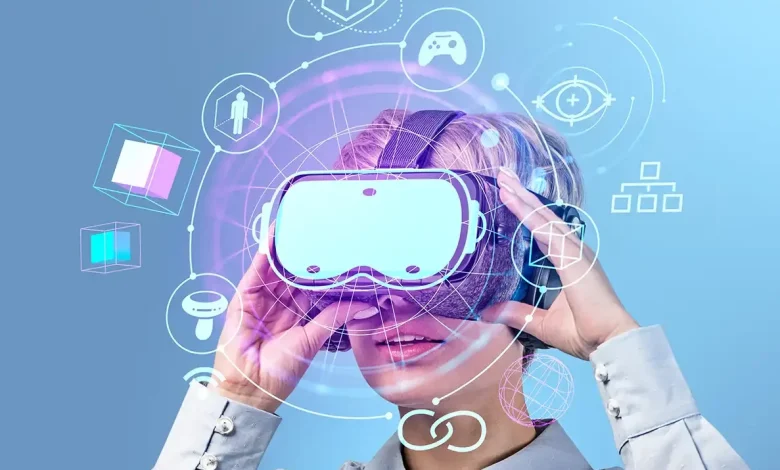Augmented Reality Marketing: Turning Everyday Experiences into Brand Magic
Blending the digital and physical worlds, augmented reality marketing helps brands move beyond traditional ads to create immersive, memorable experiences.

Let’s imagine this together: You’re shopping online for a new pair of high heels. Instead of just scrolling endlessly through product photos, you point your phone’s camera at your feet, and suddenly, through your screen, you see how those heels would look in real life. How would you feel? You can even walk around your room with them before deciding whether to buy or not. That is exactly what augmented reality marketing is.
By definition, Augmented Reality (AR) Marketing is the use of AR technology to enhance customer experiences by bringing digital content onto the real world. Unlike virtual reality, which immerses you fully only in a digital space, AR blends digital elements into your physical experience.
This means that customers have grown past the phase of just reading about a product online, they now interact with it in real time, as though it were right in front of them. This is a shift in how brands build connections with their audience.
Why Augmented Reality Marketing Matters
Consumers today want more than just information; they want experiences that speak to the core of their being. Augmented reality marketing meets this need by giving them a way to engage with products of their choice on their own terms.
For example, beauty brands like L’Oréal allow customers to “try on” makeup virtually before purchase. Likewise IKEA’s app lets users place furniture in their living rooms using AR, helping them decide if that sofa actually fits the vibe they want to feel in their space.
These experiences remove uncertainty and create confidence, making purchase decisions faster and easier.
The benefits of augmented reality marketing go beyond the convenience it provides for customers:
1. Enhanced engagement
People don’t just view an ad; they interact with it. Interactivity keeps them hooked longer than a static message where they have to only use their imagination.
2. Stronger emotional connection
Seeing a product in your own environment creates a sense of ownership before purchase. And this may likely increase the chance of buying such a product.
3. Better storytelling
it gives brands a chance to tell stories in ways that traditional ads can’t match. Imagine scanning a soda can and unlocking an interactive mini-game tied to the brand’s campaign.
4. Competitive advantage
While many brands are still slow to adopt augmented reality marketing, those who jump in early stand out as innovative and customer-focused, providing a better customer experience.
How Brands Can Use AR Marketing Effectively
Now that we’ve established what augmented reality marketing is and why it matters, the bigger question is: how can brands actually use it?
1. Product Visualisation
One of the most powerful uses of augmented reality is letting customers “see before they buy.” Fashion retailers, furniture companies, and even car brands are already doing this. When customers can see how something fits into their lives, hesitation fades.
2. Interactive Packaging
A simple product package can become an interactive experience with AR. By scanning a QR code or using a brand’s app, customers might unlock tutorials, behind-the-scenes videos, or even fun challenges. This extends the brand experience beyond the shelf.
3. Immersive Advertising
AR-powered billboards or print ads can spring to life when scanned with a phone. Imagine a fashion brand’s poster where models walk out of the ad and strut across your screen in 3D. That’s advertising people won’t just ignore. They would be more interested than ever before.
4. Virtual Try-Ons
From eyeglasses to shoes, AR try-ons reduce return rates and boost confidence in online shopping. It bridges the gap between digital browsing and the tactile, in-store experience.
The Future of AR Marketing
AR marketing is not a trend that will pass. It has come to stay. It’s shaping the future of customer-brand interaction. As smartphones get more powerful and AR glasses become mainstream, the possibilities will multiply.
For brands, this means the playing field is wide open. Early adopters will not only capture attention but also redefine how customers expect to interact with products and get to increase their revenue.
Conclusion
At its core, augmented reality marketing is about creating moments that stick. It turns passive browsing into active participation. It replaces uncertainty with confidence. And most importantly, it transforms ordinary interactions into experiences that feel almost magical.
So, the next time you’re thinking about marketing strategies, don’t just ask how you can tell your audience about your brand. Ask how you can let them live it, even if it’s through their phone screen. That’s the promise of AR marketing.




